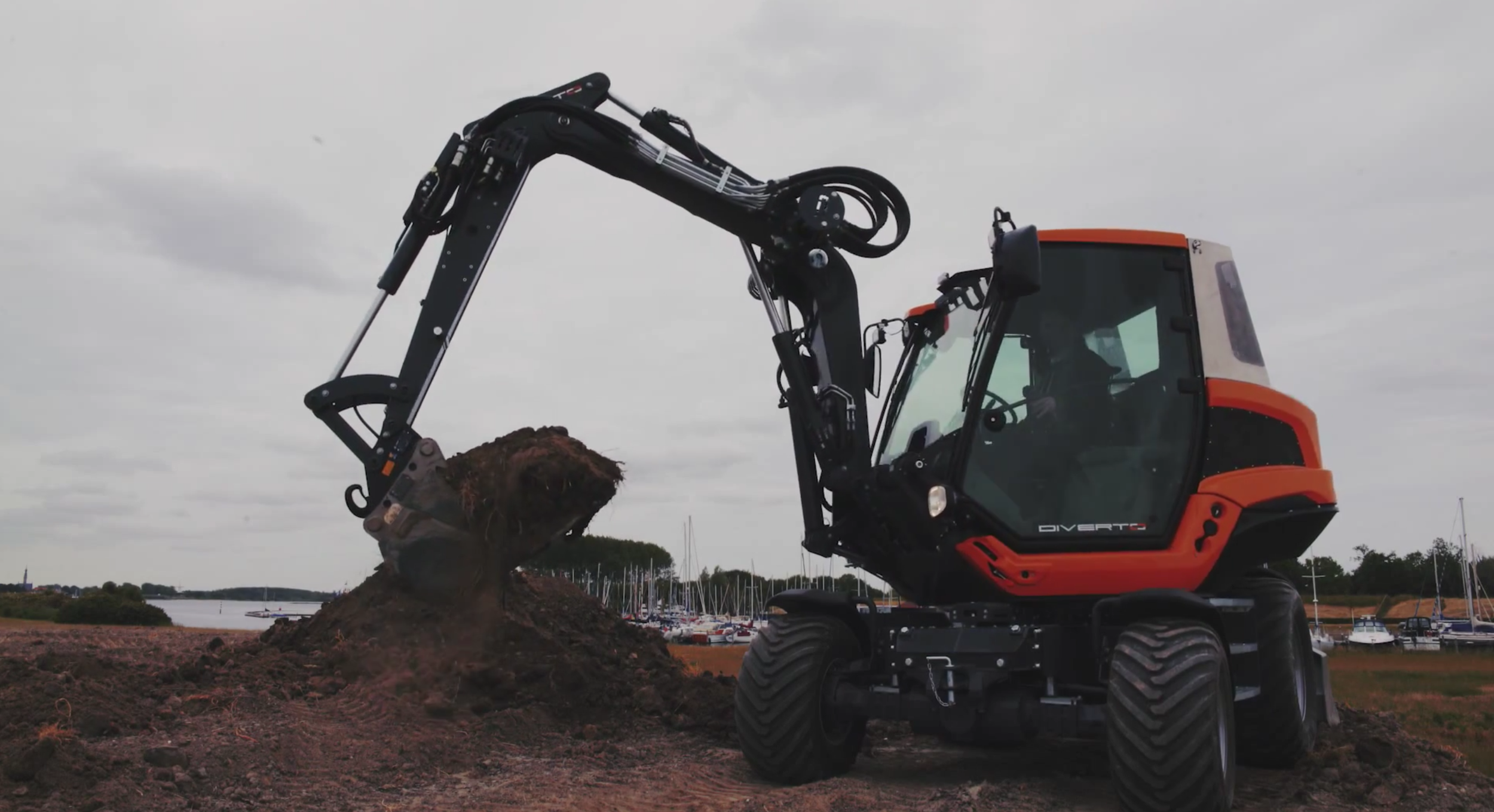During excavations, we typically hope we run into mostly “soft stuff,” that easy to remove dirt that lets us get our work done quickly. Unfortunately, it doesn’t go exactly like that a lot of the time, whether you run into a large rock that needs broken up or a huge chunk of concrete gets in the way. When that happens, you either need to change attachments or have another piece of heavy machinery to get the job done. A Texas business man decided there had to be a better way, so he did something about it.
“The generally accepted construction practice is to have two machines: one with a bucket, one with a hammer,” explained Corky Underwood, creator of the Bayonet Breaker, “you have two operators, two insurance policies, two engines running…wasting money like crazy.” To solve this problem, he created the Bayonet Breaker, which is a permanent hammer attachment that works with most excavators and rubber tire backhoes.
With the 1,000 pound bayonet, the operator of the excavator never has to leave the cab in order to break up an obstacle in the way, just flip a switch and in seconds the hammer drops down, allowing work to continue. The hammer attachment folds out of the way when you’re not in need of it, so there’s never a need to remove it. Underwood also explains that the added weight of the attachment also allows additional down pressure on the bucket and claims to decrease digging cycle time by 20-25%.
The Bayonet comes in 6 different sizes, ranging from 800 pounds to 9,270 pounds and work with machines ranging from mini excavators and rubber tire backhoes to 110,000 – 200,000 hydraulic excavators. For purchasing information, contact recsinc@outlook.com. You can also visit their website here.
Watch the video below, posted to Youtube by ConstructionGuide, to see it in action and find out how it was created:
Bayonet Breaker Home Page | The Bayonet Breaker






Excavators are a vital piece of equipment on many construction sites all over the world. They’re also very expensive machines that deserve to be treated well. They’re also the 3rd most commonly stolen piece of construction equipment.